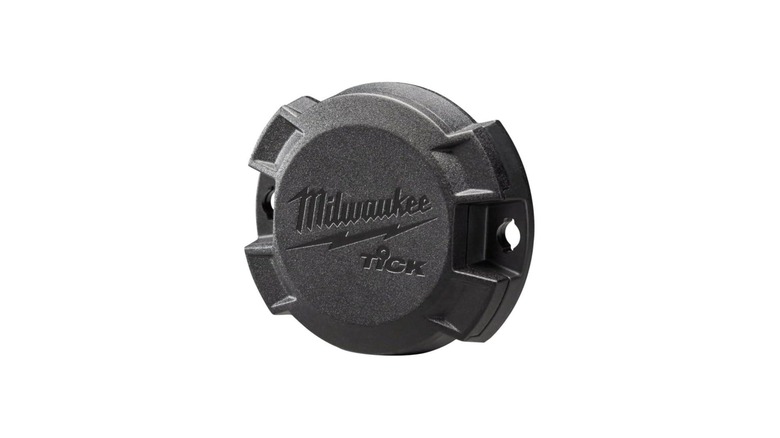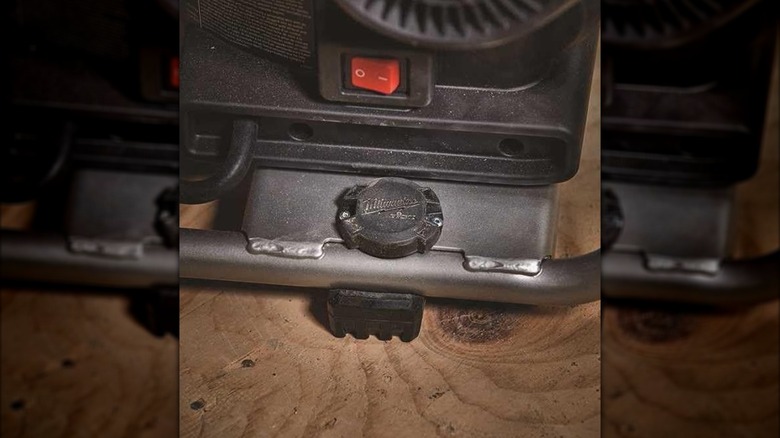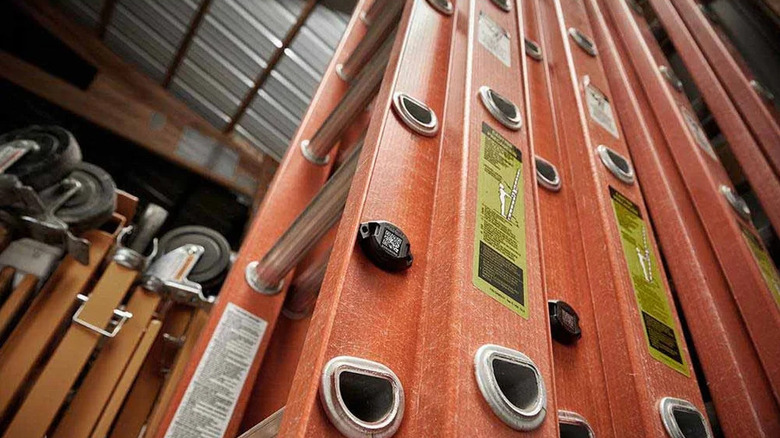How Does Milwaukee's Tick Tool Tracker Work, And Is It A Good Buy?
We may receive a commission on purchases made from links.
With so many Milwaukee tools that are known to be a great bang for their buck, it's no wonder that so many people are invested in its ecosystem. Whether it's for personal or professional use, the tool manufacturer has proven time and time again that its portfolio of tools is worth the investment. This can introduce a whole new set of problems that range from not being able to maintain them to misplacing them or losing them to theft. Thankfully, Milwaukee has also developed the One-Key tracking system, plus the different mechanisms to integrate tools with it to help resolve issues related to this.
A free tool inventory software, the Milwaukee One-Key platform works on everything from iOS and Android mobile phones, tablets, to even your laptop. However, while some tools have One-Key compatibility straight from the factory, others don't get the same benefit, especially for older models that were produced before this feature came out. For this reason, Milwaukee released the Tick tool tracker to fill in the gaps in 2017. In general, the Tick tool lets you add items or tools to the One-Key tracking system that would not have been previously possible.
How does the Milwaukee Tick Tool Tracker Work?
A neat way to be able to keep track of more things on the One-Key system, the Milwaukee Tick Tool lets you tag everything from removable batteries, charging units, storage boxes with specialized materials, ladders, to even non-Milwaukee power tools that you've decided to add to your portfolio. To make this possible, Milwaukee designed the Tick to have versatile attachment options, so you can strap, screw, or even glue them to almost any kind of surface. Plus, it's made to be able to withstand the demands of being in a working environment with its impact, dust, and weather resistance.
For the most part, people who bought the Milwaukee Tick Tool and Equipment Tracker claim to be pretty satisfied with it. On the official Milwaukee website, its different packs have collectively generated an average rating of 4.7 stars from more than 900 people. Not only that, but 80% of reviewers loved it enough to give it a perfect 5-star score. While the Tick tool does have a significantly lower rating on Amazon, where 160 people think it's only worth rating only around 3.9 stars, we've mentioned before how it is not an official Milwaukee retailer. Either way, some of the most common issues that users have cited include its limited 100ft range, as well as its annoying pairing process. Because of this, it's no wonder Milwaukee released an upgraded version of the Tick, the One-Key Bluetooth tracking tag.
Why you should consider the Milwaukee One-Key Bluetooth tracking tag instead
In 2021, Milwaukee released the One-Key Bluetooth Tracking Tag, which raised the bar for its tracking capabilities in more ways than one. In a press release, the power tool company mentioned two key improvements from the Tick: increased range and optimized pairing procedures. While it still uses Bluetooth technology, it can reach up to three times the range (up to 300 ft) of its predecessor. In addition, it introduced NFC tags and QR code features, which supposedly make pairing with the One-Key system significantly less painful and more beginner-friendly.
Reminiscent of more expensive, consumer tracking tools like the AirTag, the newer version of Milwaukee's tool tracker adds an internal speaker that can help you locate the item through sound, as well as a built-in accelerometer that levels up its usage tracking on job sites. Compared to the AirTag's IP67 rating, Milwaukee's tracking is a little more durable in terms of water protection with its IP68 rating. However, one caveat to take note of is that the One-Key model has a built-in battery, so you'll have to factor in the cost of buying new ones every three years since you can't replace it. But if you don't really need the entire tracker, you can also just invest in the Milwaukee Asset ID tag instead. Best for compact or hand tools, it has built-in adhesives, which means you can just slap it on and start tracking them immediately.


